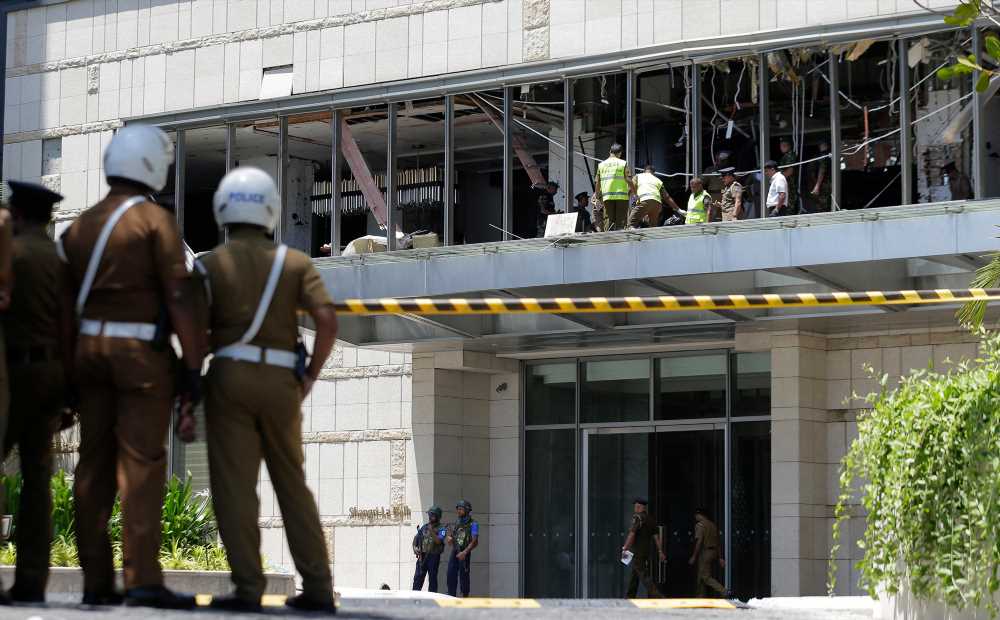Standby, When?
Always. A crisis may happen at any time.
Standby, Why?
The cost of a crisis is often beyond any price:
Standby, How?
Revise your existing crisis communication plan: will you be able to alert everyone and provide the clear instructions immediately in case of a sudden emergency? Will you be able to ensure that everyone is aware of the situation and can take all necessary actions to protect their lives?
Because disasters are tough and chaotic, clear communications during the response and recovery phases is paramount:
When choosing technologies for the events where life is concerned, do not opt for average messengers but trust the specialist in the area.
Protect your people and your organisation with RapidRecall. Contact us today!
Always. A crisis may happen at any time.
Standby, Why?
The cost of a crisis is often beyond any price:
- More than 70,000 people died due to natural disasters such as earthquakes, floods, volcanic eruptions, thunderstorms, drought, etc. in the last decade.
- More than 100,000 terror attacks were carried out around the world within the last ten years, taking lives of almost 200,000 people.
- The most recent case, terror attack on Christian Church and Hotels in Sri Lanka on Easter Sunday took lives of more than 320 people and left 500 more injured.
Standby, How?
Revise your existing crisis communication plan: will you be able to alert everyone and provide the clear instructions immediately in case of a sudden emergency? Will you be able to ensure that everyone is aware of the situation and can take all necessary actions to protect their lives?
Because disasters are tough and chaotic, clear communications during the response and recovery phases is paramount:
- Make sure your communication channel is reliable. Social media and peer-to-peer platforms are not the best choices to spread your message as they are susceptible to the spread of the fake news which create more panic, disorder and chaos. Also peer-to-peer messaging platforms are one of the first things to be shutdown by government during a crisis to prevent the fake news.
- Adopt a multi-channel strategy. Multi-channel strategy increases the chance that your message will be seen on time. It also ensures that your message is delivered in case if one channel fails.
- Consider all potential scenarios and prepare messages in advance. There is no time for planning and content creation during the crisis. Make sure your templates are ready so you just need to fill in variables when the time comes.
- Make sure you will be able to monitor the response rate. Getting the immediate response as soon as possible allows you to act accordingly.
When choosing technologies for the events where life is concerned, do not opt for average messengers but trust the specialist in the area.
Protect your people and your organisation with RapidRecall. Contact us today!


 RSS Feed
RSS Feed